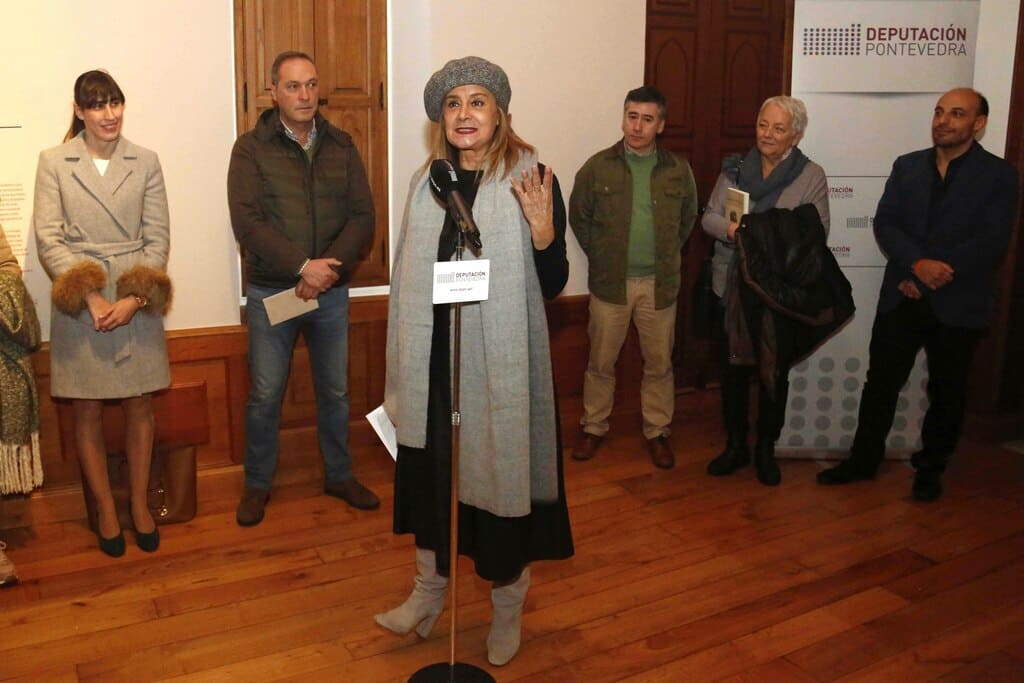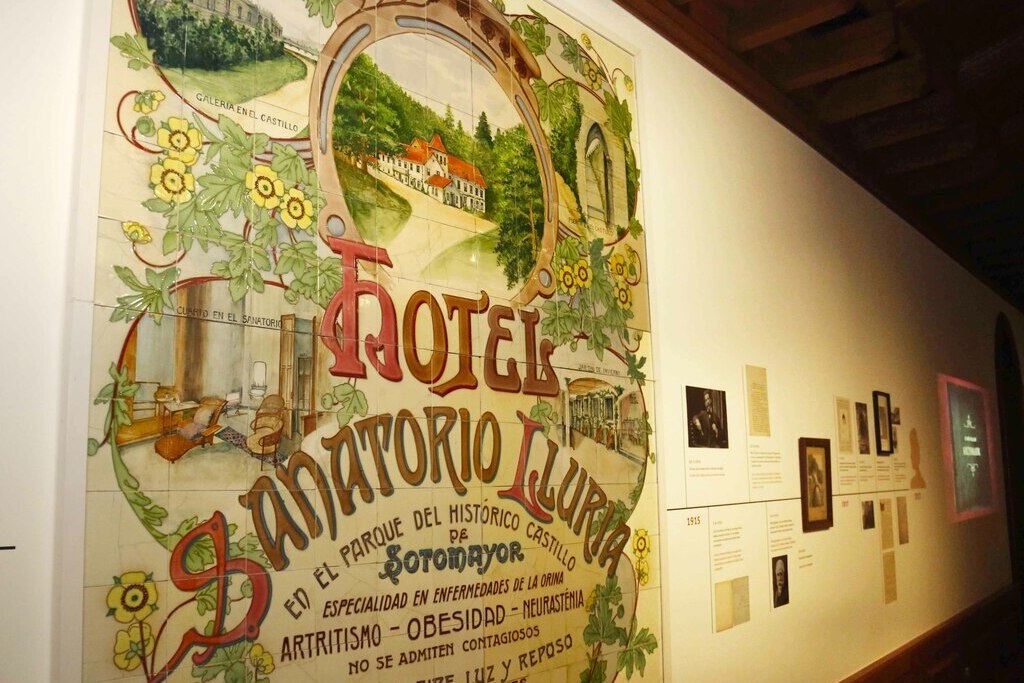Opening of the exhibition “A dream called Soutomaior: María Vinyals 1910-1917”
The Provincial Council of Pontevedra keeps his bet for recovering the figure of María Vinyals and Ferrés. Next Tuesday day 17 December inaugurates in the Castle of Soutomaior the exhibition “A dream called Soutomaior: María Vinyals 1910-1917” where tackles of monographic way the years that his family happened in the ancient fortress of the province of Pontevedra. The exhibition can be seen until 29 February from Tuesday to Friday, of 10.00 to 19.00 hours, and the Saturdays, Sundays and festive, of 10.00 to 18.00 hours.
The sample includes unpublished objects until the moment and will be divided in four fields: cultural life, familiar life, the sanatorium Lluria and the circumstances in which it lost the castle. Besides, through signposts will inform to the public on the period that pretends illustrate. It treats of a flourishing period in which they went through the political enclosure, intellectual and scientists with a notable paper in the history of the past century.
The new exhibition is focused in the period in which María Vinyals y Ferrés, after having inherited the Soutomaior castle from her uncle Antonio Aguilar y Correa in 1908, moved to the old fortress with her second husband, Enrique Lluria Despau. They were accompanied by their only son, Roger Lluria Vinyals, and the daughters and sons of their previous marriages: Antonio Jordán de Urríes y Vinyals, Enrique Lluria Iruretagoyena, Emilia Lluria Iruretagoyena and Teresa Lluria Iruretagoyena.

Between 1910 and 1917, María Vinyals provided all her children with high education, which included the study of English and French, art and history. The older sons, Antonio and Enrique, studied at the renowned Dulwich College in London, while the younger ones, were taught by María herself and private teachers.
Important figures from the Galician and Spanish society of the time, such as the painter Joaquín Sorolla, the sculptor Mariano Benlliure, the multifaceted artist Castelao or the writer Emilia Pardo Bazán visited the Soutomaior Castle. Even the popular French aviator Védrines stayed there invited by Doctor Lluria.
Doctor Lluria created a modern hospital complex close to the castle. It gave assistance for six years to patients suffering from urinary diseases and arthritis. Even a German patient who stayed in the sanatorium wrote to a friend telling him about its wonders and the modern care provided to the patients.
In spite of the increased popularity of the Sanatorium Lluria, with the outbreak of the Great War, the centre went into a decline. The number of patients began to decrease, and Maria Vinyals and Enrique Lluria were forced to apply for a loan on poor terms that they would never be able to repay. Not even the efforts of the famous owner, who tried to find new sources of income by exploiting the existing productive resources around the castle, were successful. By then the couple's political ideals had already begun to create misgivings, and the Civil Guard registered the castle. The dream of creating a home in that paradise ended in 1917, when the family moved to Madrid.












